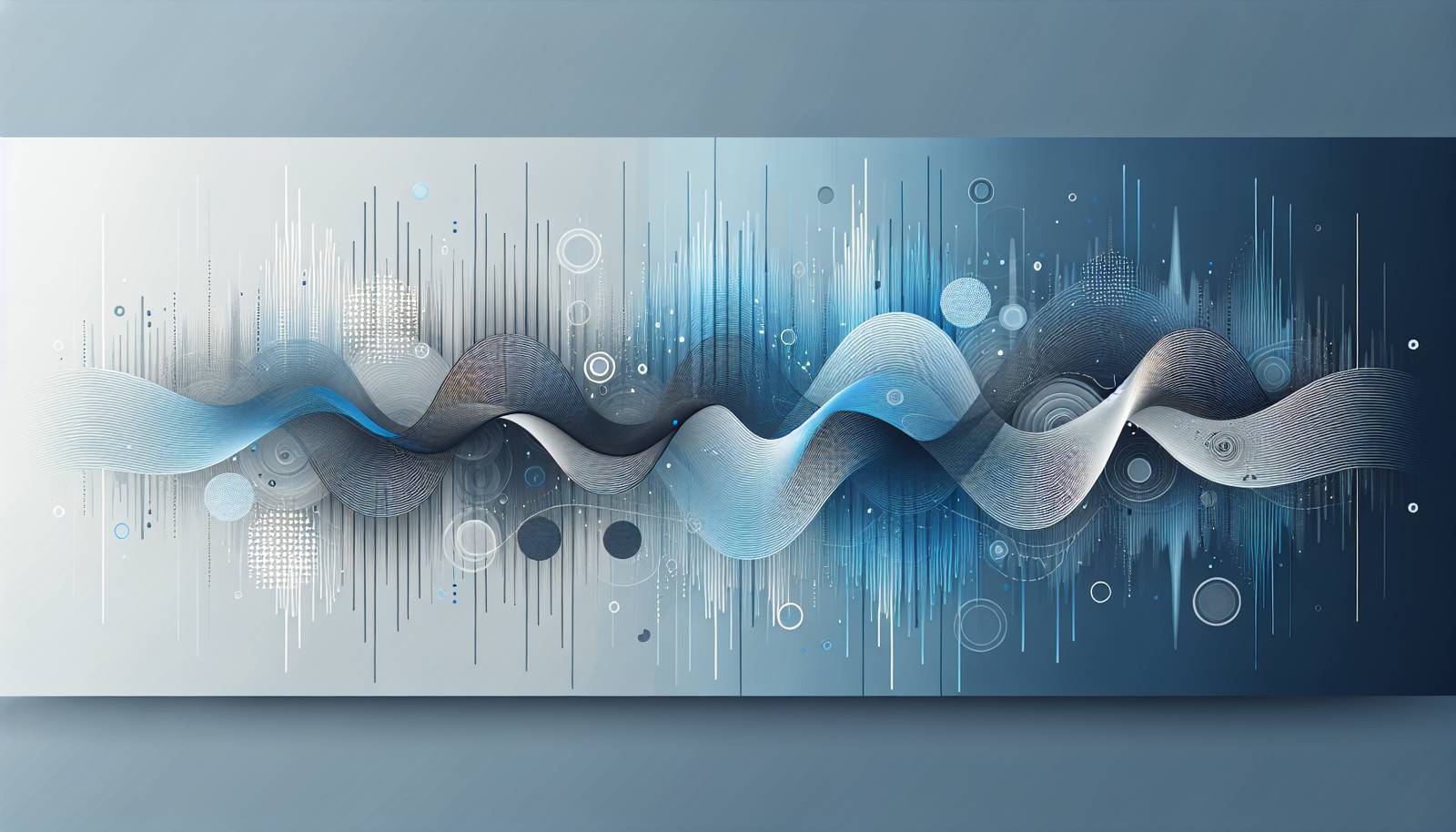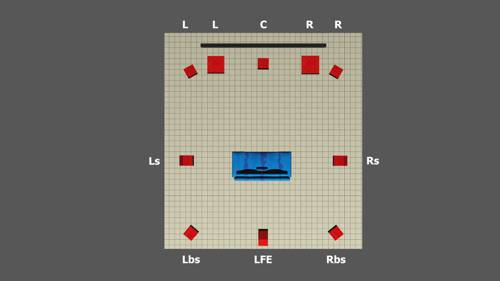
FAQ About The Evolution of Immersive Audio in Pop Culture

What is immersive audio?
Immersive audio is a technology that creates a 3D audio space, enhancing the listening experience by adding depth, dimension, and direction to sound. This technology aims to replicate the way we naturally hear sound in real life. Instead of traditional stereo, where sound is typically projected from two directions, immersive audio surrounds the listener with sound from all directions, including above and below, creating a more lifelike and engaging auditory experience.

How has immersive audio been used in the film industry?
In the film industry, immersive audio has significantly enhanced the viewer's experience by providing a more realistic and engaging soundscape. Technologies like Dolby Atmos and DTS:X allow filmmakers to move sound around in a three-dimensional space, making scenes more vivid. This type of sound design can make explosions more impactful, dialogs clearer, and create a more immersive environment that puts the audience in the heart of the action.

What impact does immersive audio have on music?
Immersive audio has transformed the music listening experience by allowing artists and producers to place audio elements in a 3D space. This creates a richer, more dynamic soundscape, bringing out nuances that might be missed in traditional stereo. It allows listeners to feel as if they are in the room with the musicians, experiencing the music as intended. Platforms like Apple Music have started offering Dolby Atmos tracks, showcasing how mainstream the technology is becoming.

What role does immersive audio play in gaming?
In gaming, immersive audio enhances the realism and engagement by creating a sound environment that matches the visual experience. It helps players detect movement, understand their environment better, and react more effectively in gameplay. By simulating sound coming from any direction, gamers can experience heightened realism, making horror games scarier or action games more thrilling.

What is Dolby Atmos?
Dolby Atmos is a popular immersive audio technology that adds height channels to audio, allowing sounds to be interpreted as three-dimensional objects. Unlike traditional surround sound, which channels sound to specific speakers, Dolby Atmos can place audio in a 3D space around the listener, providing a more immersive and realistic audio experience. It is used widely in movies, music, and gaming.

How does immersive audio differ from traditional surround sound?
Immersive audio differs from traditional surround sound by treating sounds as objects in a space, rather than predefined channels. While traditional surround sound directs audio to specific speakers based on channel outputs (e.g., 5.1, 7.1 speakers), immersive systems like Dolby Atmos allow sound designers to place sounds anywhere in a 3D space around the listener, including above, providing a more enveloping experience.

What are some examples of immersive audio technologies besides Dolby Atmos?
Besides Dolby Atmos, other immersive audio technologies include DTS:X, Auro-3D, Sony's 360 Reality Audio, and Sennheiser AMBEO. These technologies vary in their approach to creating multi-dimensional sound experiences but all aim to enhance the realism and immersion of audio across various media like film, music, and gaming.

How does immersive audio enhance virtual reality experiences?
Immersive audio enhances virtual reality (VR) by providing realistic soundscapes that match the 3D visual environments. This synergy between sight and sound allows for a more believable and engaging VR experience, where sound behaves realistically, changing as the user moves and interacts within the virtual space, thus increasing the level of immersion and interactivity.

Is immersive audio accessible to home users?
Yes, immersive audio is becoming increasingly accessible to home users. Products like soundbars, home theater systems, and even headphones now support technologies like Dolby Atmos. Streaming services such as Netflix and Disney+ offer content with immersive audio options, allowing consumers to experience this technology without needing an extravagant setup.

What are some challenges in producing immersive audio?
Producing immersive audio poses several challenges, such as the need for specialized recording and mixing equipment, and expertise in spatial audio design. Additionally, ensuring compatibility across different playback systems and managing larger file sizes due to more complex audio data can also be challenging. Quality control remains crucial to provide a consistent experience across varying hardware.

How has immersive audio evolved over the years?
Immersive audio has evolved from early surround sound configurations into sophisticated technologies capable of 3D soundscaping. Initial formats focused on channel-based sound positioning, while modern innovations allow for object-based audio, providing more precision and flexibility in sound placement. This evolution is partly driven by advancements in digital signal processing and the demand for better consumer entertainment experiences.

Can immersive audio be experienced with regular headphones?
Yes, immersive audio can be experienced with regular headphones, although specialized hardware may enhance the effect. Technologies like binaural recording and processing simulate the way humans naturally hear, creating a convincing 3D sound experience through stereo headphones. Headsets supporting formats like Dolby Atmos for Headphones provide an even more immersive experience.

What are the benefits of immersive audio in a live concert setting?
In a live concert setting, immersive audio can recreate the spatial dynamics of the venue, allowing listeners to experience sound as if they were present at the performance. This technology enables a multi-dimensional soundstage where instruments and vocals can be positioned strategically, enhancing clarity and depth, and providing a closer-to-live experience for remote audiences.

How does immersive audio contribute to accessibility in media?
Immersive audio contributes to accessibility by offering enhanced clarity and a better spatial understanding of sound, which can aid individuals with hearing impairments. Descriptive audio tracks and adaptive technologies can provide a more inclusive experience by allowing users to customize their audio settings to suit their needs, improving comprehension and enjoyment.

What equipment is needed to set up immersive audio at home?
To set up immersive audio at home, you generally need compatible equipment such as a Dolby Atmos-enabled sound system, AV receiver, or soundbar. Additionally, a source of immersive audio content, like streaming services that offer Atmos or DTS:X, is necessary. Depending on your setup, installing upward-firing speakers or ceiling speakers might enhance the experience.

How does immersive audio influence storytelling in media?
Immersive audio influences storytelling by enhancing emotional engagement and realism. By placing the audience acoustically within the scene, filmmakers and storytellers can create a more lifelike and engaging experience. This allows critical plot elements, like hidden sounds or spatial cues, to be more effectively communicated, enhancing narrative depth and immersion.

Are there any limitations to immersive audio?
Limitations of immersive audio include dependency on compatible playback equipment, potential inconsistencies across different devices, and the need for content to be specifically produced or adapted to take full advantage of the format. Moreover, the high production cost and complexity can limit the availability of immersive audio content.

How is immersive audio produced?
Immersive audio production involves capturing sound from multiple directions and using advanced mixing techniques to create a three-dimensional soundscape. This includes positioning sounds within a virtual 3D environment using software like Avid Pro Tools or Dolby Atmos Production Suite. Sound designers work meticulously to ensure each audio element contributes to the overall immersive experience.

What is the future of immersive audio in pop culture?
The future of immersive audio in pop culture likely involves further integration into everyday media consumption, including streaming platforms, live broadcasts, and personal devices. Emerging technologies like augmented reality (AR) and VR will push the boundaries of immersive sound, making it a standard in storytelling across formats. Increasing consumer demand for higher-quality experiences will also drive technological innovations and adoption.

How does immersive audio affect user perception and experience?
Immersive audio affects user perception by providing a more realistic and emotionally engaging experience. By simulating real-world auditory environments, it can evoke stronger emotional responses, enhance focus, and improve spatial awareness, leading to a deeper connection with the content. Whether in film, music, or gaming, this heightened sensory involvement contributes to a more satisfying experience.
